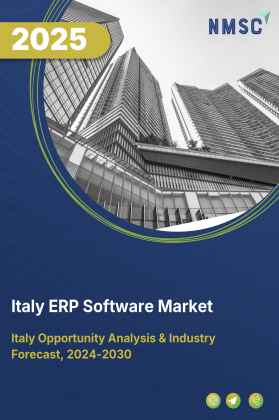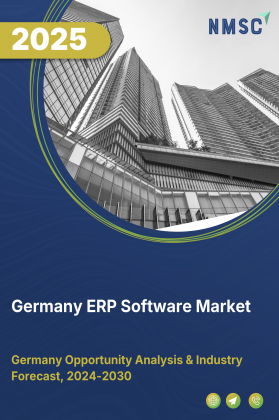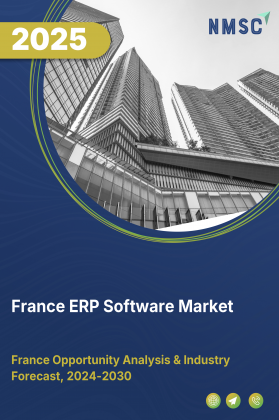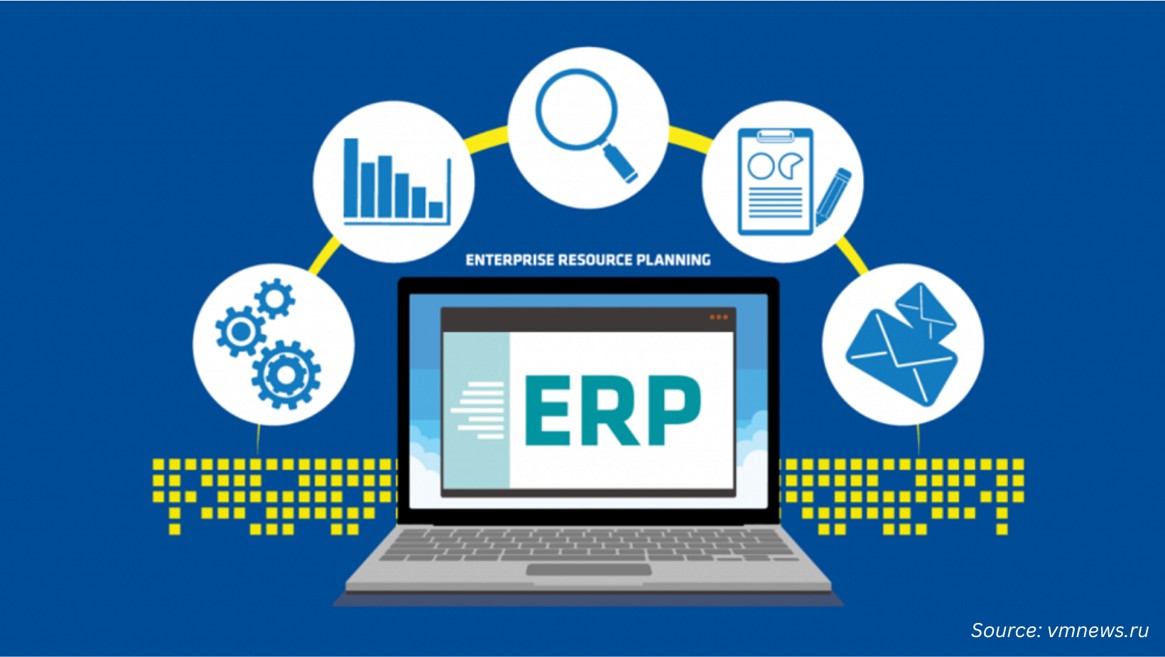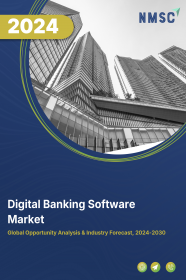
Digital Banking Software Market size by Banking Type (Large Banks, Midsize Banks, Small Banks, Community Banks, and Credit Unions), by Deployment Type (On-Premise and Cloud), by Component (Platform and Service), and by End User (Retail Banking, Treasury, Corporate Banking, and Wealth Management) – Global Opportunity Analysis and Industry Forecast 2024-2030
Digital Banking Software Market Report - Comprehensive Overview | |
| Study Period | 2020 - 2030 |
| Base Year for Estimation | 2024 |
| Forecast Data Period | 2026 - 2030 |
| Market Size in Base Year | 25.36 |
| Market Size in Forecast Year | 49.65 |
| Growth Rate 2026 - 2030 | 14.38% |
| Growth Factors | |
| Report Coverage | The report provides insights on market size, forecasts, emerging trends, competitive landscape, key segments, growth opportunities, recent developments, and strategic recommendations to help stakeholders make informed business decisions. |
| Segments Covered | Digital Banking Software Market size by Banking Type (Large Banks, Midsize Banks, Small Banks, Community Banks, and Credit Unions), by Deployment Type (On-Premise and Cloud), by Component (Platform and Service), and by End User (Retail Banking, Treasury, Corporate Banking, and Wealth Management) |
| Countries Covered | 28 |
| Geographical Analysis | North America (The U.S., Canada, Mexico); Europe (The UK, Germany, France, Italy, Spain, Denmark, Netherlands, Finland, Sweden, Norway, Russia, Rest of Europe); Asia-Pacific (China, Japan, India, South Korea, Australia, Indonesia, Singapore, Taiwan, Thailand, Rest of Asia-Pacific) and RoW (Latin America, Middle East, Africa) |
| Companies Profiled | Top 10 companies |
| Competitive Landscape | |
| Market Share | Available for top 10 companies |
| Customization Scope | Free customization (equivalent to up to 80 working hours of analysts) after purchase. Addition or alteration to country, regional, and segment scope. |
| Purchase Option | Avail customized purchase options to meet your exact research needs. |
Market Definition
The Digital Banking Software Market size was valued at USD 15.64 billion in 2023 and is predicted to reach USD 49.65 billion by 2030 with a CAGR of 18.0% from 2024 to 2030. Digital banking software is a form of technology that enables banks and financial institutes to deliver banking services through digital channels such as laptops, personal computers (PC), smartphone, and tablets.
The banking software makes availability of all banking activities online, allowing customers to access banking services from any location and at any time. It includes features such as online banking, mobile banking, online payments & transfers and account management without having to visit a branch in person. The digital banking software helps in increasing efficiency and accuracy of transactions by reducing human error, retain operational flexibility, and enhance customer satisfaction.
Market Dynamics and Trends
The increasing popularity of digital banking software is driven by the widespread use of smartphones, computers, internet connectivity, and Internet of Things (IoT) devices. This surge in demand signifies a significant change in how consumers prefer to interact with banking services, favoring convenient on-the-go access. The collaboration of these technologies not only ensures smooth and effective banking experiences but also generates valuable data through IoT devices, providing insights that benefit financial institutions. This integration not only meets the current needs of digitally connected users but also sets the stage for ongoing innovation in the evolving landscape of digital financial services.
Also, the rising adoption of artificial intelligence and machine learning in digital banking applications such as AI-chatbots, facial recognition banking apps, and fraud detection systems to provide safe, faster and more efficient customer services is boosting the growth of the market. For instance, in July 2022, Glia Technologies Inc. launched Glia Virtual Assistants for digital banking supported by conversational AI as a core part of its digital customer service platform developed specifically for digital banking. The AI-assistant will help in providing seamless customer experiences that requires no AI training and is equipped with 800+ digital banking functions.
Moreover, the increasing smart phones and internet users across the globe coupled with growing awareness of consumers about the convenience and security associated with digital banking is further accelerating the growth of digital banking software market. According to Bankrate, the number of people in the U.S. using digital banking services to complete transactions and transfers increased from 196.8 million in 2021 to 203 million in 2022.
However, security concerns regarding digital banking software such as unencrypted data, malware, information security and privacy concerns associated with banking system followed by lack of customer awareness about the digital banking software are the major factors restraining the growth of the market. On the contrary, the growing deployment of cloud-based platforms and blockchain technology coupled with artificial intelligence (AI) and natural language processing (NLP) in banking and financial institutions will create ample number of opportunities for the digital banking software market in coming years.
Market Segmentation and Scope of the Study
The digital banking software market is segmented on the basis of type, deployment type, component, end user, and geography. On the basis of type, the market is classified into large banks, midsize banks, small banks, community banks, and credit unions. On the basis of deployment type, the market is segmented into on-premise and cloud. On the basis of component, the market is segmented into platform and service. On the basis of end user, the market is segmented into retail banking, treasury, corporate banking, and wealth management. Regional breakdown and deep analysis of each segment are included for North America, Europe, Asia-Pacific, and Rest of the World.
Geographical Analysis
Asia-Pacific holds the dominant share of global digital banking software market and is expected to continue dominating the market during the forecasted period. This is attributed to factors such increasing adoption of smartphone and web-based banking applications in the financial sectors coupled with growing demand for automation in banking processes due to its accuracy and reduced processing time. For instance, in 2023, India experienced a substantial surge in UPI (Unified Payments Interface) transaction volumes, registering a remarkable 62% year-on-year increase. The digital payments, particularly in mobile transactions, witnessed significant growth during this period, totaling 52.15 billion transactions. The trends in digital payments continue to showcase the dynamic and expanding nature of the payment ecosystem in India.
Moreover, the increasing economies of countries such as India and China fueled by growing number of digital transactions due to rising number of internet users is further expected to boost the digital banking software market. For instance, India reported 48 billion digital transactions in 2021, the largest number of worldwide online transactions in real-time. The growing penetration and usage of UPI-based mobile payment software and QR code payments helped secure 31.3%of total transaction volumes in 2021.
On the other hand, North America is expected to show a steady rise in the digital banking software market. This is attributed to the wide-scale digitalization across industries and growing adoption new technology such as artificial intelligence and natural language processing in banking applications. For instance, in August 2022, Bank of America introduced new digital enhancements for its clients in the United States, including the launch of Virtual Account Management, ACH Positive Pay on the CashPro App, Pay by Bank, and CashPro Forecasting. These additions aim to provide clients with advanced digital tools for efficiently managing their businesses through the Bank of America platform.
Moreover, the growing inclination of consumers toward digital banking coupled with the presence of major financial institutes and banks such as Bank of America, Fidelity National Information Services Inc, JPMorgan Chase & Co., and others play a major role in boosting the growth of digital banking software market. For instance, Bank of America recorded 55 million verified digital consumers and 1 billion digital logins in July 2022. This is due to the increasing leverage of digital banking by consumers, wealth management and business clients.
Competitive Landscape
The digital banking software market comprises of various market players such as Oracle Corporation, SAP SE, Tata Consultancy Services Limited, Capital Banking Solutions, EdgeVerve Systems Limited, Finastra International Limited, Fidelity National Information Services Inc., Fiserv Inc., Mambu GmbH, Temenos AG, Alkami Technology Inc., Crealogix AG, Sopra Banking Software, Revolut, Q2 Software Inc., and others.
These companies are adopting various strategies such as expansion and acquisition to remain dominant in the digital banking software market. For instance, in July 2022, Revoult launched its app in Sri Lanka, Chile, Ecuador, Azerbaijan, and Oman. The launch is aimed at enabling users to send money to more than 50 countries using more than 30 different currencies.
Moreover, in September 2021, Alkami Technology, Inc. announced the acquisition of MK Decisioning Systems, LLC for digital account opening, credit card, and loan origination solutions. The acquisition was aimed to provide financial institutions with greater functionality and choice for digital account opening and loan origination solutions.
Furthermore, in June 2020, Appway invested USD 37 million minority investment from global growth equity firm Summit Partners. The funding is used to boost international growth, product development and technology innovation to empower financial services.
Key Benefits
-
The report provides quantitative analysis and estimations of the digital banking software market from 2024 to 2030, which assists in identifying the prevailing market opportunities.
-
The study comprises a deep dive analysis of the digital banking software market including the current and future trends to depict prevalent investment pockets in the market.
-
Information related to key drivers, restraints, and opportunities and their impact on the digital banking software market is provided in the report.
-
Competitive analysis of the players, along with their market share is provided in the report.
-
SWOT analysis and Porters Five Forces model is elaborated in the study.
-
Value chain analysis in the market study provides a clear picture of roles of stakeholders.
Key Market Segments
-
By Banking Type
-
Large Banks
-
Midsize Banks
-
Small Banks
-
Community Banks
-
Credit Unions
-
By Deployment Type
-
On-Premise
-
Cloud
By Component
-
Platform
-
Service
By End User
-
Retail Banking
-
Treasury
-
Corporate Banking
-
Wealth Management
By Region
-
North America
-
The U.S.
-
Canada
-
Mexico
-
-
Europe
-
The U.K.
-
Germany
-
France
-
Italy
-
Spain
-
Denmark
-
Netherlands
-
Finland
-
Sweden
-
Norway
-
Russia
-
Rest of Europe
-
-
Asia-Pacific
-
China
-
Japan
-
India
-
South Korea
-
Australia
-
Indonesia
-
Singapore
-
Taiwan
-
Thailand
-
Rest of Asia-Pacific
-
-
Rest of the World (RoW)
-
Latin America
-
Middle East
-
Africa
-
Key Market Players:
-
Oracle Corporation
-
SAP SE
-
Tata Consultancy Services Limited
-
Capital Banking Solutions
-
EdgeVerve Systems Limited
-
Finastra International Limited
-
Fidelity National Information Services Inc.
-
Fiserv Inc.
-
Revoult
-
Alkami Technology Inc.
REPORT SCOPE AND SEGMENTATION:
|
Parameters |
Details |
|
Market Size in 2023 |
USD 15.64 Billion |
|
Revenue Forecast in 2030 |
USD 49.65 Billion |
|
Growth Rate |
CAGR of 18.0% from 2024 to 2030 |
|
Analysis Period |
2023–2030 |
|
Base Year Considered |
2023 |
|
Forecast Period |
2024–2030 |
|
Market Size Estimation |
Billion (USD) |
|
Growth Factors |
|
|
Countries Covered |
28 |
|
Companies Profiled |
10 |
|
Market Share |
Available for 10 companies |
|
Customization Scope |
Free customization (equivalent up to 80 working hours of analysts) after purchase. Addition or alteration to country, regional, and segment scope. |
|
Pricing and Purchase Options |
Avail customized purchase options to meet your exact research needs. |




















 Speak to Our Analyst
Speak to Our Analyst



